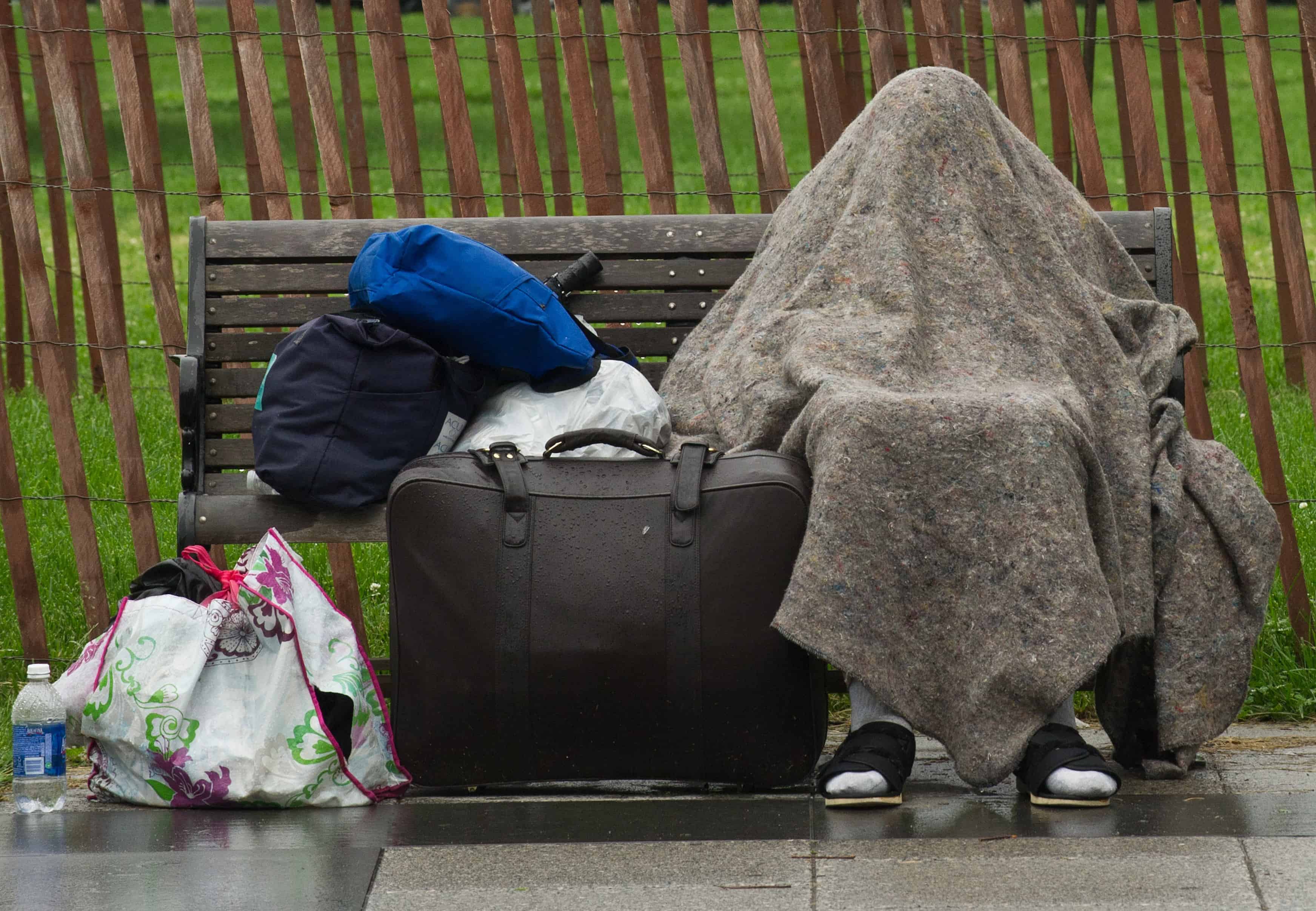Once upon a time, the United States economy worked for everybody, and even the middle class got richer. But this story has been only a fairy tale for almost 30 years now. The new, harsh reality is that the bottom 90 percent of households are poorer today than they were in 1987.
This is a much more dramatic statement than it sounds. While the U.S. Federal Reserve has told us that the median household is worth less now than it was in 1989 — that’s the household right in the middle — it turns out that everybody but the richest 10 percent of U.S. citizens are worse off. That includes the poor, the entire middle class and even what we would consider much of the upper class.
You can see this troubling finding in a new paper from Emmanuel Saez and Gabriel Zucman on U.S. wealth inequality, which is based on tax data.
Taking each group’s inflation-adjusted net worth from 1945 and indexing it to 100 makes it easier to compare how wealth has grown for people with lots or little of it. The bottom 90 percent actually did very well during the first few decades of the postwar period — adding more wealth, in percentage terms, than those at the top.
But the days of shared prosperity have come to an end, gradually and then suddenly. It started in the 1980s when the top 1 percent awoke from a long postwar slumber, thanks to the combination of lower taxes, financial deregulation and new technology. It wasn’t a total disaster for the bottom 90 percent. Even as most U.S. citizens saved much less, accumulating far less wealth, stock markets and housing prices continued to rise — until they didn’t, crashing down in 2007 and 2008.
The problem was that the middle class didn’t own that much in stocks but went into debt to buy lots of housing. So the housing crash turned their biggest financial asset into an albatross, wiping out their equity but not their debt. And the housing recovery hasn’t done much to fix this, since it has struggled to move beyond the “nascent” stage.
Stocks, meanwhile, collapsed during the crisis but came back soon after. The middle class missed out on the big bull market in stocks but not on the even bigger bear one in housing. That’s why the recovery has restored so little of the wealth that the recession destroyed. In fact, the bottom 90 percent have kept losing net worth the past few years, in large part because of rising student-loan debt.
It’s been a lost 25 years for the bottom 90 percent but a lost 15 for the next 9 percent, too. That’s right: Altogether, the bottom 99 percent are worth less today than they were in 1998.
But this isn’t a story about the top 1 percent running away from everybody else. It’s a story about the top 0.1 — scratch that, the top 0.01 percent — doing so. Saez and Zucman’s data of each group’s share of U.S. wealth shows that. Indeed, since 1980, the top 0.01 percent’s piece of the wealth pie has increased by 8.6 percentage points, while the next 0.09 percent’s has done so by 5.4. The bottom 99 percent, meanwhile, have seen their wealth share fall an astonishing 18 percentage points.
Here’s a bit of historical perspective: The top 1 percent own more than 41 percent of all the wealth in the country. That’s the most since 1939, but still well below the all-time high of 51 percent set in 1928.
In other words, this new Gilded Age might get even more gilded.
© 2014, The Washington Post





